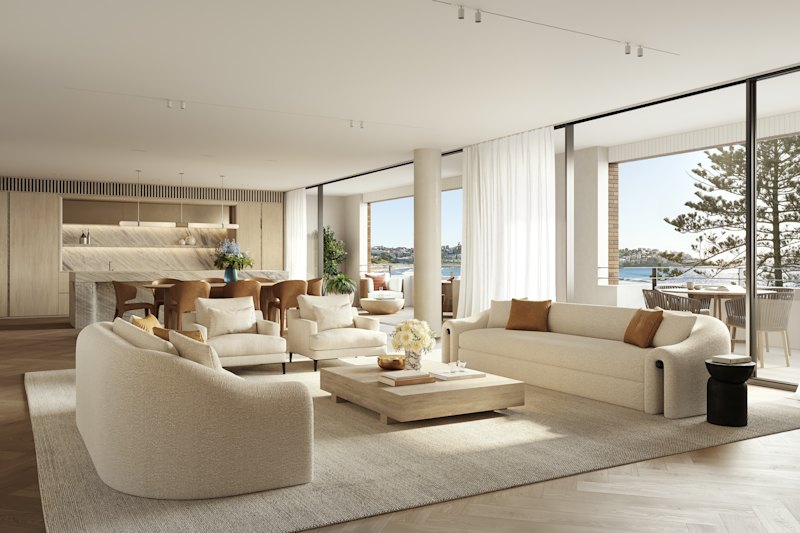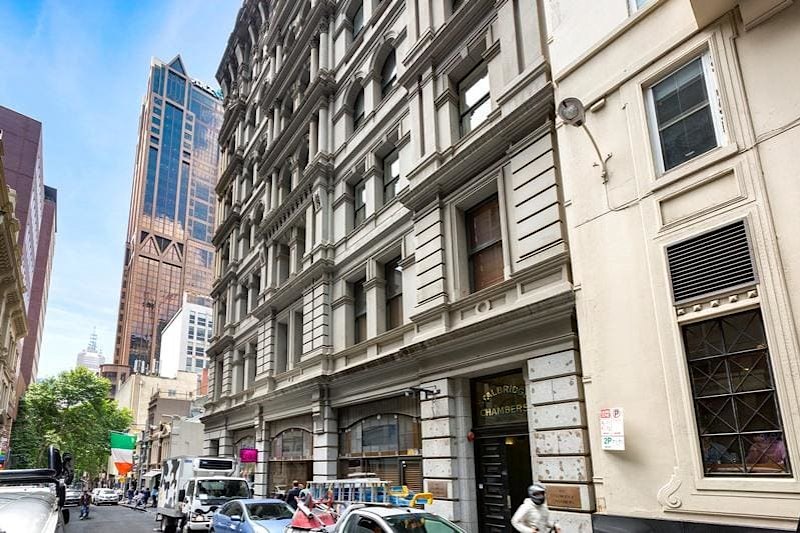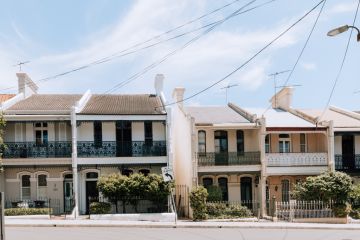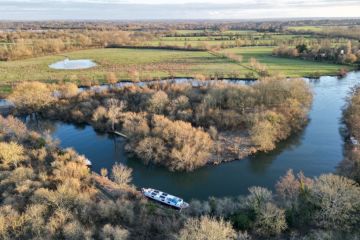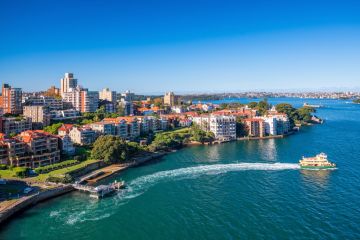Escape to the (other) Copacabana, NSW, where you can fall in love
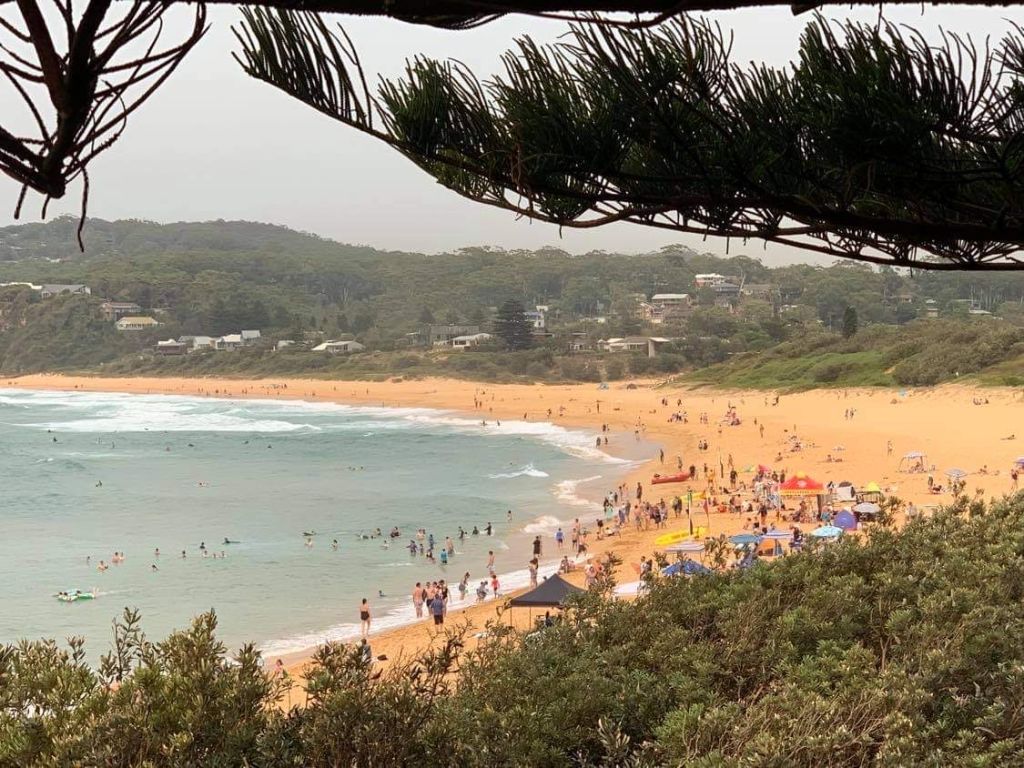
Unlike its Rio de Janeiro counterpart, you won’t find any carnival-style bedazzled thongs in Copacabana, NSW.
Just regular old thongs on feet in this sleepy central coast town.
Entrepreneurial land developers named the town after the famous Brazilian hot spot in 1954 hoping to give it that extra sizzle. It was 24 years before Barry Manilow sang about the Copacabana, but the name and the comparisons have stuck (much to some local frustration).
First Nations people knew the seaside suburb as Tudibaring, which means “where the waves pound like a beating heart”, or Allagai, meaning “a place of snakes”. Today, residents simply call it Copa.

Hidden by virtue of its one-road-in, one-road-out location, Copacabana is snuggled between Macmasters Beach and Avoca. Unlike its Brazilian counterpart, there are no high-rises, and minimal traffic and noise make it a popular summer holiday spot.
In recent years Copacabana has grown as more tourists have fallen in love with the beach and the small-community vibe. The population has picked up as more holidaymakers have chosen to call it home and covid has pushed Sydneysiders to find new regional digs.
Population: 2735 as of 2016 census.
Who lives there?
The beach — and housing affordability — were the deciding factor for Adam Richards and his family when they decided to move to Copa 22 years ago.
“We thought we were going to buy a two-bedroom unit in Sydney’s northern beaches and then all of a sudden we realised we could get a five-bedroom house on the central coast for the same money and we went, ‘Hello!’,” he said.
“So, it was quite by accident and it was great.”
Mr Richards, who is the president of the Copacabana Surf Life Saving Club, said he’s watched the community grow from born-and-bred locals to a more diverse mix because of increasing international arrivals.
“You’ve got your families who’ve been here forever and they’ve had generations grow and raise here, but we’ve also got this really large number of people who’ve moved in,” he said.
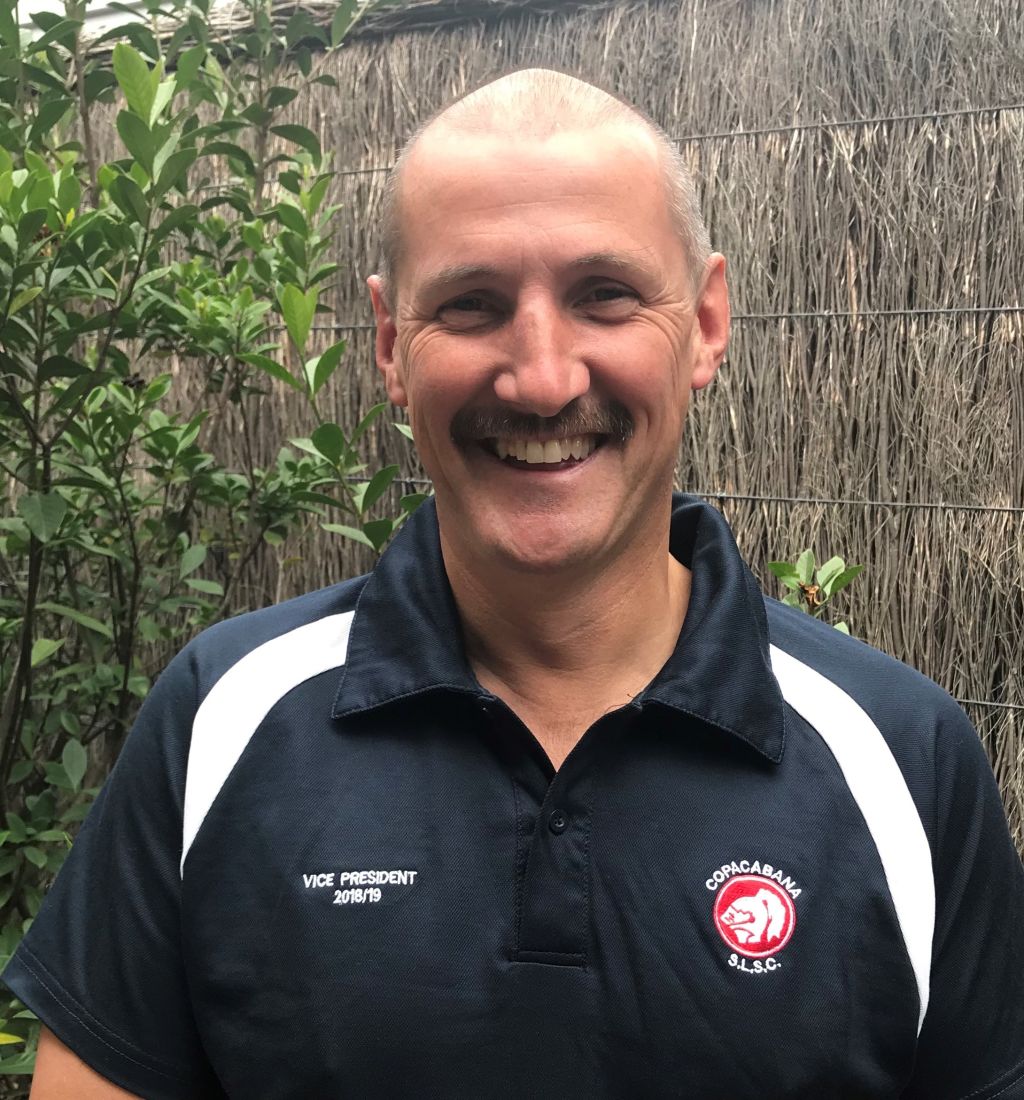
“There’s a lot of expatriates who are from the northern hemispheres, so there are a lot of people from Britain or from other parts of the world who’ve somehow landed in this tiny suburb.
“We take the mickey out of them quite a bit, but they bring different thoughts and ways of looking at the world.
“So, when you’ve got a fairly international mindset meeting a fairly local mindset, sometimes it’s a problem, but generally it works. It’s the different types of people who make this community.”
If there’s one thing Copa residents have in common, it’s the beach. Copa Point is a popular spot for surfers, while the dog-friendly sections of the beach near Cockrone Lagoon and rock pools make it ideal for everyone.
The lack of flat land in the area means many kids favour the beach as their spot to play, so they grow up learning to swim and surf, Richards said
“It’s got a hell of a shore dump so our kids learn to swim and manage the surf early or they tend to get pummelled,” he said.
What happens there?
Copa’s population swells by more than twice in the height of summer.
The coffee and baked goods are churning out of Burnt Honey Bakery, which people queue up the street for, and the brekky menu is pumping at Cabana Cafe and Bar.
Although nearby Avoca has more shops to offer as well as the local markets, Copa holds its own when it comes to fun events.
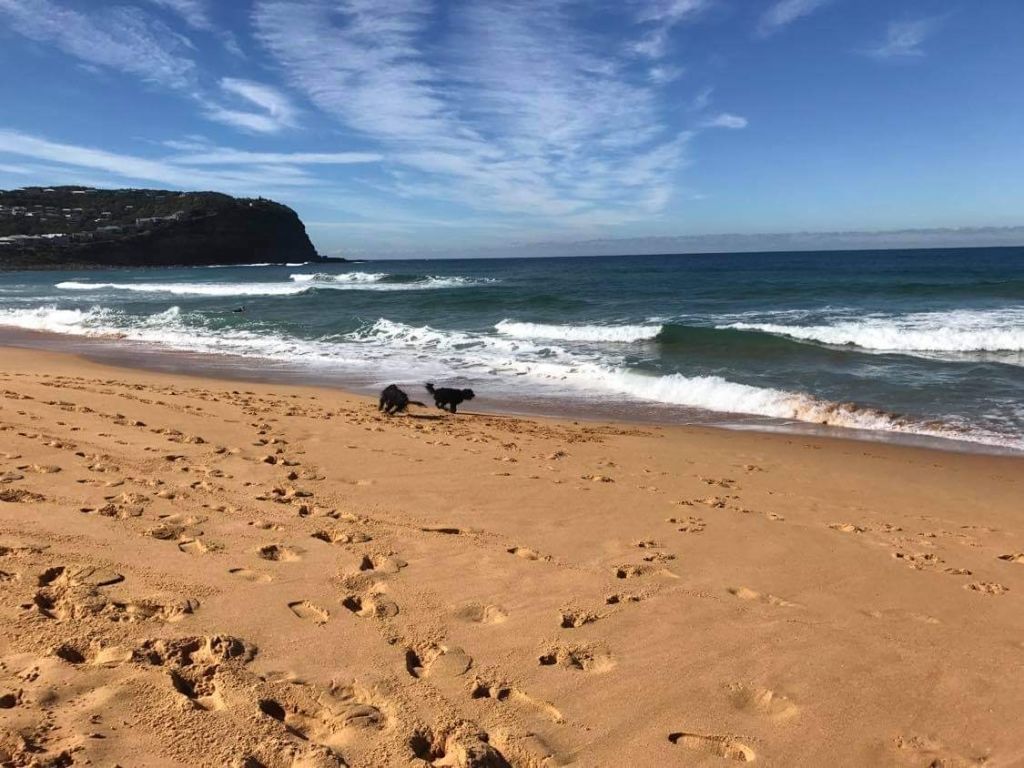
The main street closes once a year for Christmas carols, which isn’t widely advertised, but always draws a good crowd.
Each year the surf club, RFS and Copacabana Community Association join forces to stage events for Anzac Day.
The town also plays host to a less formal event in the Copacabana Inflatable Challenge. Participants brave Copa’s swells with nothing more than an inflatable — be it unicorn or flamingo — so this competition is not for the faint of heart.
In June, more than 22,000 people are expected to join the Five Lands Walk, a community organised event that started in 2006. The 10-kilometres route starts at Macmasters Beach and heads north along the beaches, headlands and bush tracks of Copacabana, Avoca Beach and North Avoca until it reaches Terrigal.
What’s life like?
When Trudy Baron first moved to Copacabana, friends joked that it was a place of “the three Ds: dogs, deros and drugs”. So much has changed, she said.
“Copacabana is a little village, it’s got a very strong community feel and it’s a great place to raise children,” she said.
“There were a lot of old properties in Copa, a lot of old fishing shacks — those old ones on stilts with the laundries underneath. They’ve been bowled over or renovated now and brand new houses have gone up.
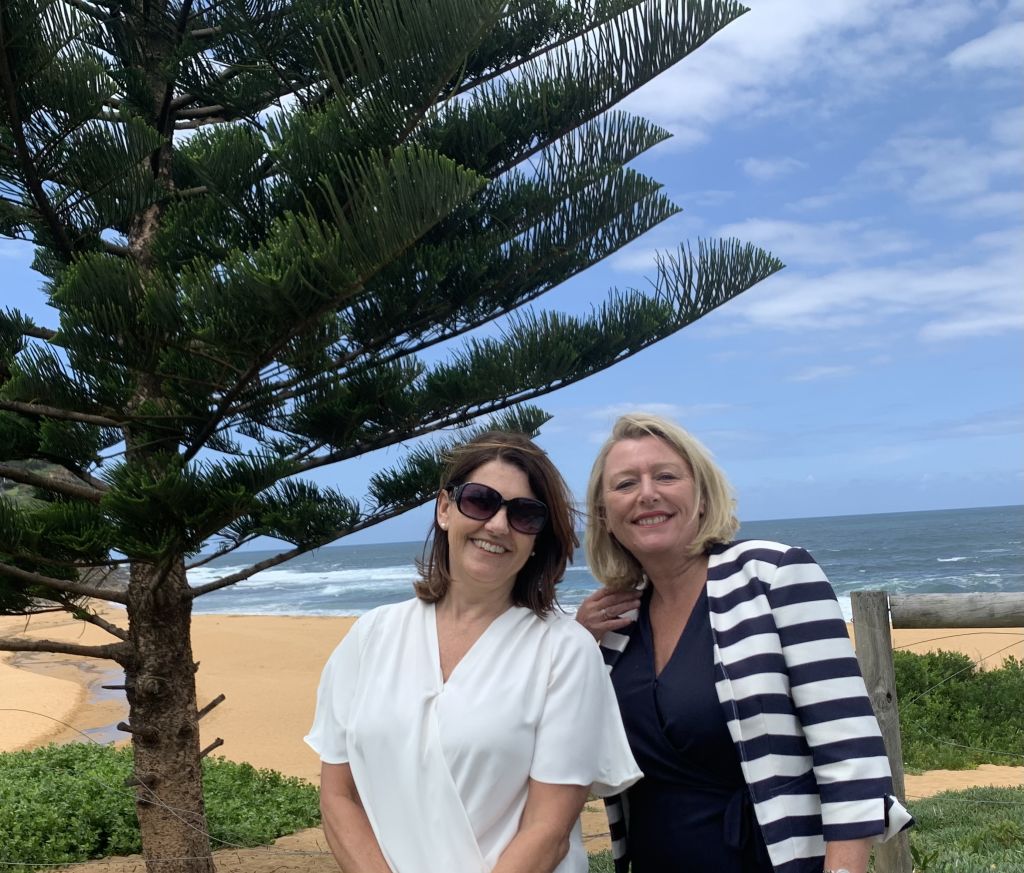
“There’s a lot of young families in Copa, the school population has grown.”
Ms Baron, director at Change Property, said the word has spread about Copa’s revitalisation. So much so, there’s barely enough houses for her to sell.
“At the moment we’ve got maybe five houses on the market here. I remember years ago when I working this area and there were 80 to 120 homes on the market in Copa,” she said.
“We’ve always been the poor relation to Macmasters, Avoca and Terrigal, but now for some reason Copa’s landed on the map and a lot of buyers from Sydney are looking to purchase in Copacabana. Because we don’t have any high rises and large apartment buildings, people are looking for that kind of thing.
“We’ve got the facilities here, like we’ve got the doctors, the grocery shop, we’ve got the chemist, we’ve got a bar and cafes, so we’ve got the facilities people need but it’s still got that little village feel.”
Danielle and Neil Mackay have been running the Copa supermarket for 20 years. It’s a place kids love to spend their pocket money on the $1 and $2 lolly bags and make their own slushies.
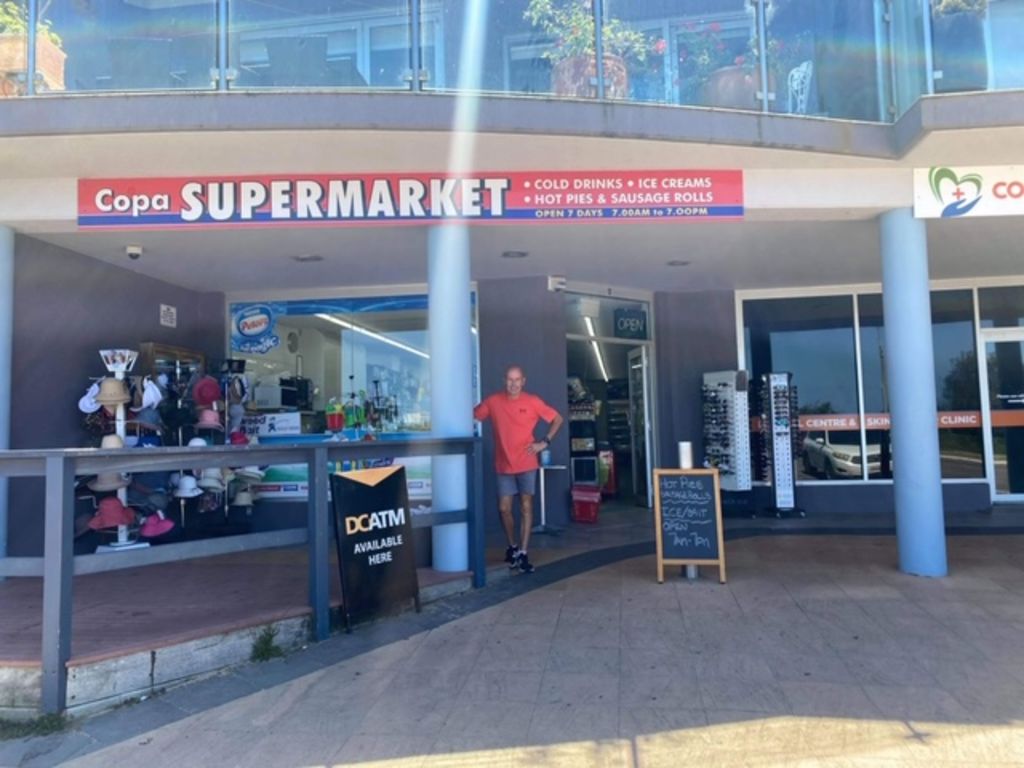
The Copacabana pace of life has suited them and their two daughters, Danielle said.
“We love the lifestyle, it’s great for kids.
“And, it’s great if you want a relaxed lifestyle, which wasn’t in our plan, but it has really worked for us.
“It’s a very community type village and being here for 20 years we’ve made some great friends.”
What jobs are there?
The proximity of Copa to other small central coast towns means many people commute for work, some even drive the 90 minutes in either direction to Sydney or Newcastle.
Census 2016 data shows 5.5 per cent of the population work in hospitals, while 3.2 per cent work in primary education and 2.9 per cent work in secondary education.
Why should you move there?
If you’ve ever dreamt of living by the beach, Copa is a dream come true and then some. You can even watch humpback whales migrating between the end of May and early August from the Captain Cook Lookout. Views from the lookout include Sydney’s skyscrapers on a clear day.
Copa’s beach may be smaller and a lot less glitzier than those in Brazil, but it’s down-to-earth atmosphere makes it the quintessential Aussie beach town.
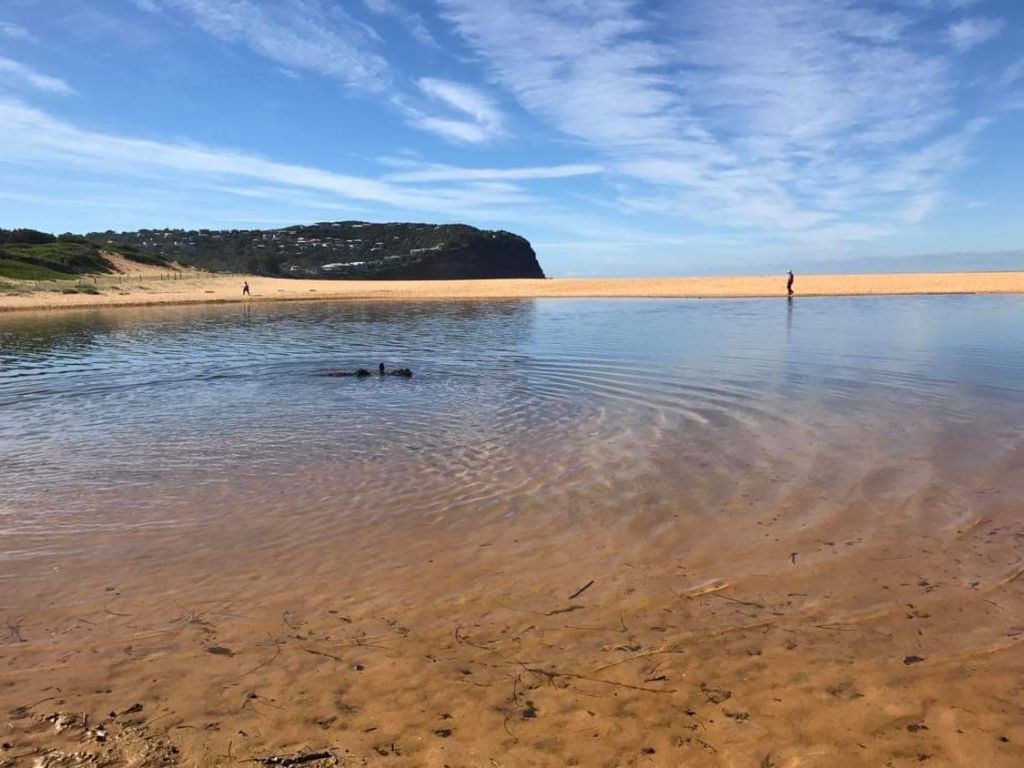
We recommend
States
Capital Cities
Capital Cities - Rentals
Popular Areas
Allhomes
More
